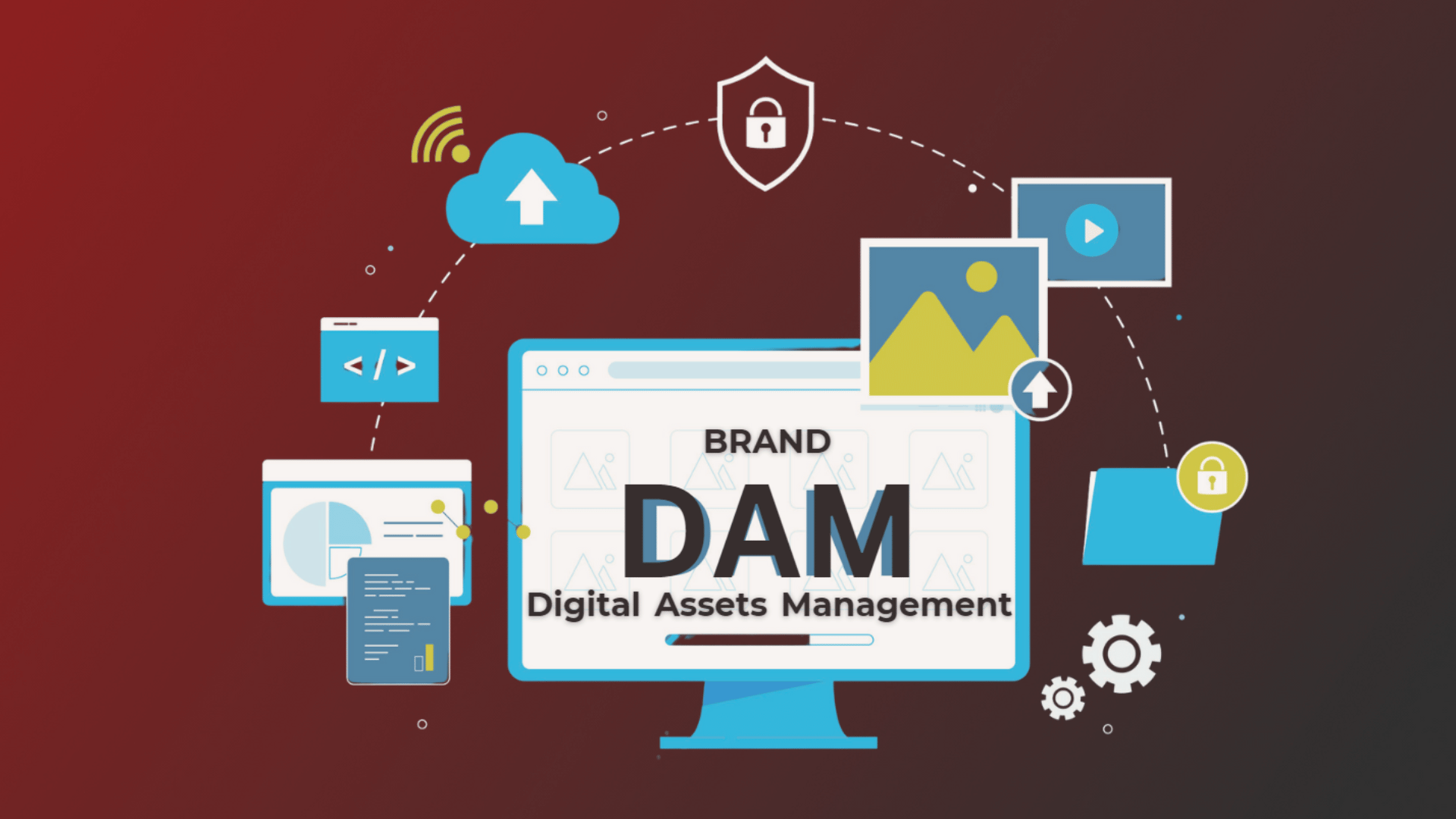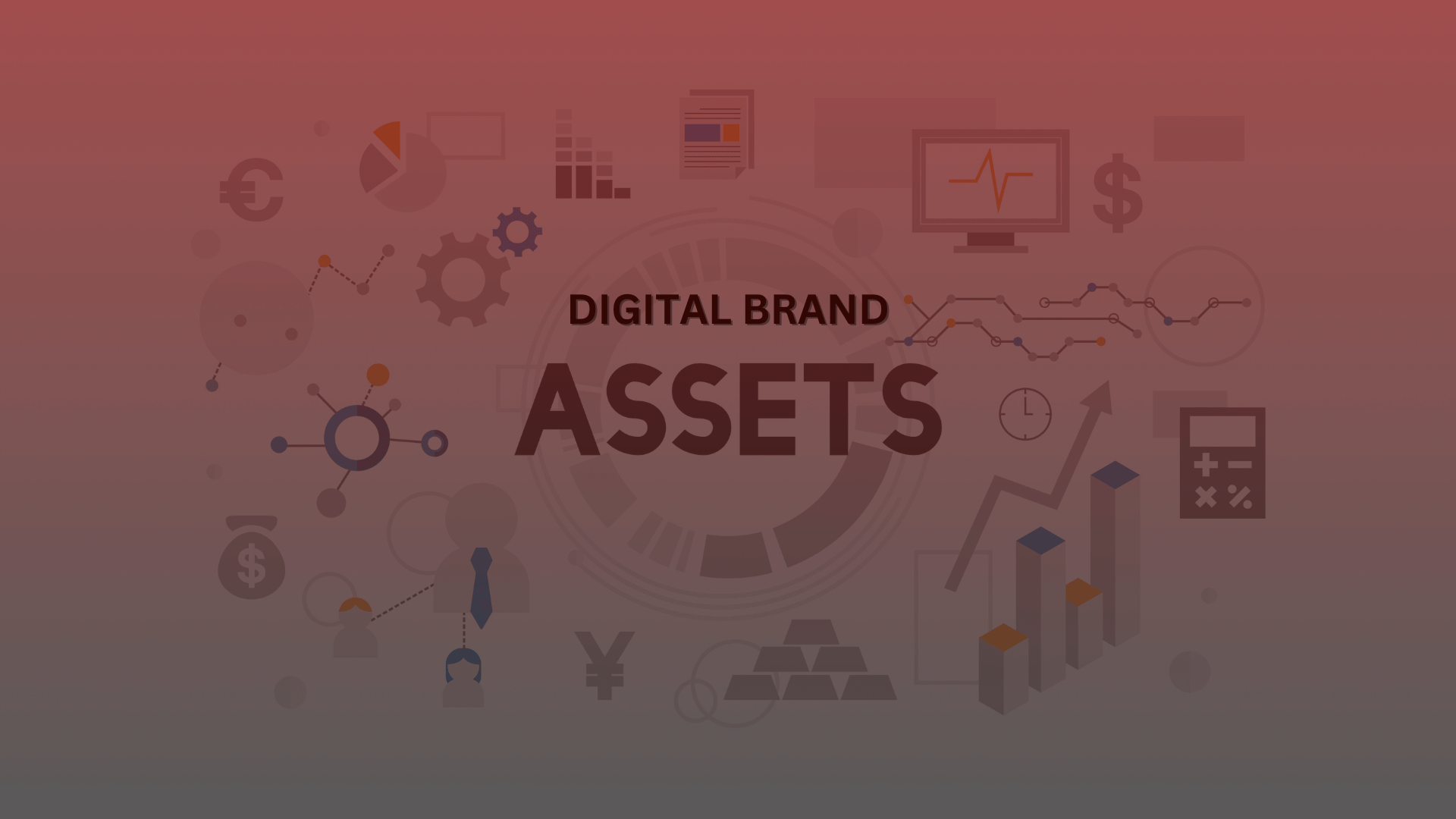As more and more businesses continue to increase their digital presence, the importance of managing brand digital assets has become even more critical. Effective Digital Asset Management (DAM) is crucial for safeguarding and enhancing your brand's online presence. This article will walk you through the significance of DAM, unveiling essential best practices to streamline your asset management process and avoid common pitfalls.

Understanding DAM
Brand digital asset management (DAM) refers to the process of organising, storing and retrieving digital assets - such as images, videos, logos, text and multimedia files - that align with your brand guidelines.
DAM is a system that allows organisations to store, organise and retrieve brand digital assets used across different marketing campaigns and platforms. Efficient DAM helps to maintain brand consistency, high-quality content across multiple platforms and reduces workflow inefficiencies.
The benefits of an effective DAM practice include:
- Improved brand consistency.
- Optimised work processes for asset storage and retrieval.
- Higher user satisfaction rates.
- Improved marketing performance through effective use of assets.
- Improved brand value and equity.

DAM Best Practices
Here are some DAM best practices that can help you maximise your asset management and streamline processes:
- Use a Cloud-Based DAM System:
The benefits of a cloud-based Digital Asset Management (DAM) system are numerous. It allows for easy and secure access to assets across all devices and platforms, making collaboration and sharing more efficient. It’s also offers cost-effective, scalable storage and streamlines publishing to multiple locations. Moreover, it includes maintenance service and technical support. Along with providing easy access and secure distribution, a cloud-based DAM system also offers real-time collaboration. This means that team members can work together on the same assets simultaneously, no matter where they are located, improving efficiency and productivity.
- Develop and Maintain an Organised Folder Structure for Your Assets:
An organised folder structure is imperative for easy navigation, accessibility and searchability of your digital assets. It helps users quickly locate the files they need, saving time and increasing productivity. An organised folder structure not only enhances navigation and accessibility, but it also prevents asset duplication. By keeping similar assets grouped together, it's easier to avoid unnecessary repetitions and keep your digital library clean and efficient.
- Create, Maintain and Enforce Brand Guidelines:
Clear brand guidelines ensure consistency and quality in the creation and use of digital assets. They define your brand's identity and communicate its unique selling points, fostering recognition and trust among your audience. Having a set of brand guidelines is like having a roadmap for your brand's visual identity. It ensures that all created assets align with your brand's image, voice, and message, creating a unified and consistent brand experience for your audience.
- Implement a Metadata Strategy:
Metadata standards help to provide additional information on your digital assets such as keywords, licensing, usage rights, digital rights management (DRM), and copyrights. This data can be used to inform system updates or changes, and to track who is using which assets, when, where, and how. This helps in optimising search functionality and makes asset retrieval quick and effortless.
Version control allows for the easy tracking and updating of changes, such as file updates or edits. This ensures that everyone is up to date with the latest versions and reduces the risk of errors or inconsistencies. Version control is not just about tracking changes; it's also a safeguard against accidental deletions or modifications. With version control, you always have a backup of previous versions, ensuring that no important data is lost during the update process.

Common DAM Mistakes to Avoid
Here are some common mistakes to avoid when managing your digital assets:
- Incomplete or inconsistent metadata:
Incomplete or inconsistent metadata results in wasted time searching for assets and choosing the wrong asset for a campaign.
- Overloading your DAM with unnecessary assets:
Overloading your DAM with too many assets makes it hard to find what you need when you need it. Remove outdated and no longer relevant assets.
- Neglecting the need for security in your DAM system:
Asset security is a priority, and therefore it is important to ensure user access controls from unauthorised access.
- Forgetting about quality:
Prioritise and optimise your assets for screen size, resolution, and format. High-quality assets avoid dilution of branding efforts.
Top 5 DAM Tools for 2023
-
Brandfolder: Known for its user-friendly interface and strong features, it's particularly helpful for businesses that require a straightforward and effective DAM solution.
-
Bynder: Bynder offers comprehensive features that cater to large businesses with extensive asset management needs. It is also noted for its strong brand management capabilities.
-
Canto: Canto is appreciated for its ease of use and excellent customer service, making it an ideal choice for businesses looking for a customer-centric DAM solution.
-
Acquia DAM (Widen): Recognised for its strong integration capabilities, Acquia DAM is ideal for businesses that need a DAM system to seamlessly integrate with their existing software infrastructure.
-
Adobe Experience Manager (AEM) Assets: Noted for its extensive features and integration with other Adobe products, AEM Assets is suitable for businesses heavily invested in the Adobe ecosystem.
Brand digital asset management is vital for brand consistency and integrity. Effective DAM helps to streamline work processes, improve user experience and protect assets from security threats. Best practices for DAM include cloud-based systems, organised folder structure, metadata management, version control, and brand guideline management. It's essential to avoid common mistakes by ensuring complete metadata, weed out unnecessary assets, control system access for user security and always prioritise quality.
Need help?
At Cogify we offer customised support across all areas of brand design and digital asset management. Get in touch with us today to optimise your brand platform and get maximum returns on your investment.


